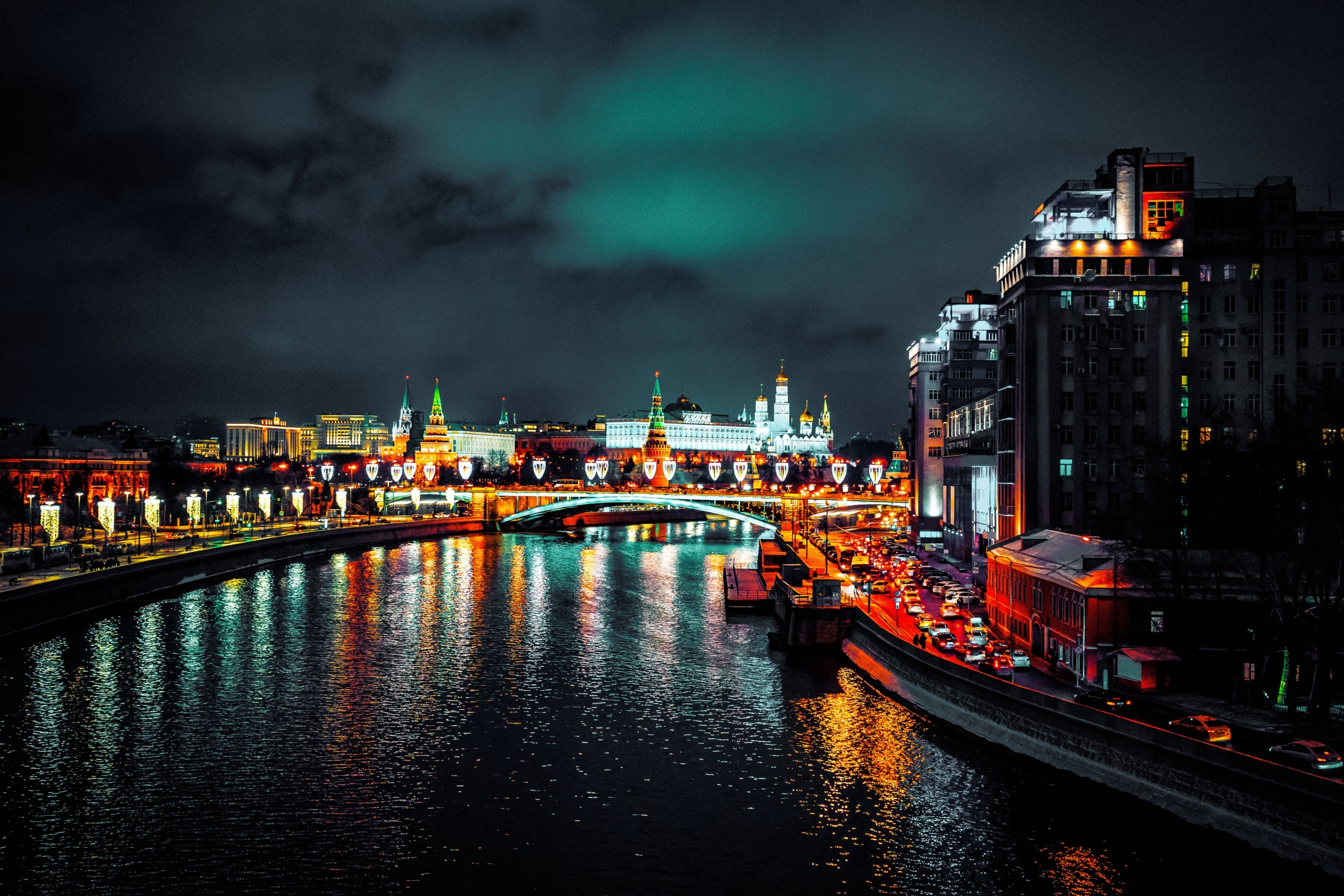Singapore Green Jet Fuel Levy on Travellers Ignites Funding Debate
Russian ruble maintains near 2-week high as a volatile week’s finish draws close

The Russian ruble maintained its stability on Friday, remaining close to a two-week high reached in the previous session. With the market on high alert for capital controls, the ruble will likely increase by more than 6% in what has been one of its most volatile weeks of the year.
In an effort to stop the ruble’s rapid drop past the symbolic 100 to the U.S. dollar, the Bank of Russia raised its benchmark rate to 12% on Tuesday.
Though analysts predicted that additional steps may be required to bring the ruble back to the 80–90 range that authorities have judged acceptable, later indications that capital controls would be reinstated appear to have had the desired impact.
The ruble was 0.1% closer to 92.55, its highest level since Aug. 2, reached on Thursday, at 06:51 GMT, when it was 0.1% firmer versus the dollar at 93.68.
It had dropped 0.2% to trade at 101.91 against the euro and 0.4% to 12.82 against the yuan.
Five sources told Reuters that the government is considering putting back the requirement for exporters to sell their foreign currency earnings. Moscow has some other choices in addition to rate rises and capital restrictions, however none are very advantageous.
Later, two sources told Reuters that informal increases in foreign exchange sales were taking place and that exporters had been instructed to make the most sales possible and send weekly updates.
The coming start of a month-end tax period, during which exporters typically convert foreign exchange income into rubles to settle domestic obligations, also works in the ruble’s favor.
“We believe exporters’ increased activity will keep going today and expect a further comeback in ruble positions,” Promsvyazbank analysts wrote in a note.
The most active trading day on the Russian futures market since Russia’s full-scale invasion of Ukraine in February 2022, reported the Moscow Exchange, Russia’s largest stock exchange, took place on August 15, the day the central bank raised interest rates.
The price of Brent crude oil, the principal export from Russia, increased by 0.2% to $84.29 per barrel.

